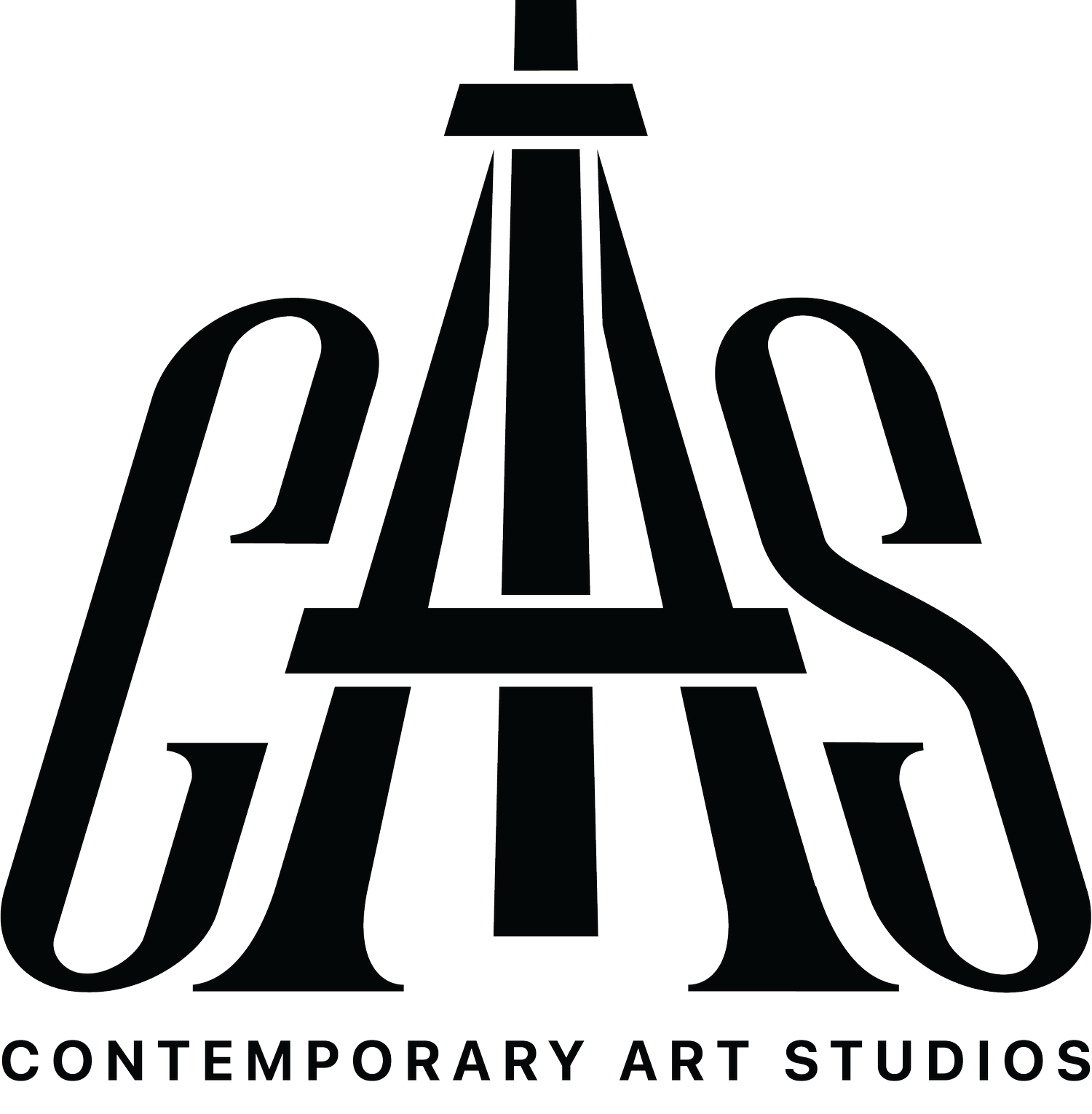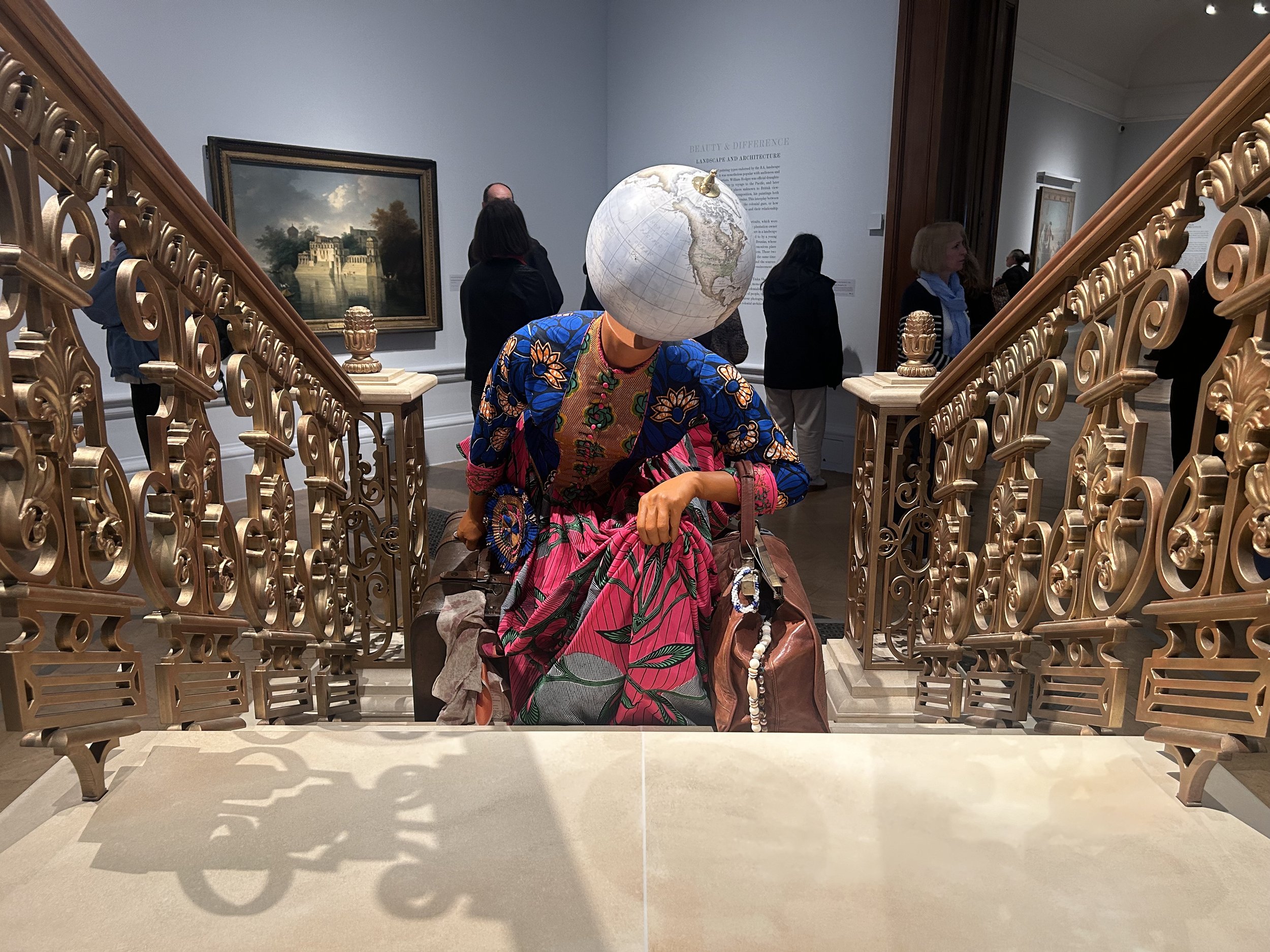Exploring Black Art: Reflections from the Royal Academy Exhibition
I had the privilege of attending an exhibition at the Royal Academy that exclusively featured Black artists. It was a profound experience, as I witnessed the meticulous attention to detail in every piece, along with the rich historical context behind each artwork. The exhibition showcased a diverse range of artworks spanning different periods, from classical to contemporary.
One piece that particularly caught my eye was Kerry James Marshall's "Scipio Moorhead, Portrait of Himself, 1776, 2007." This acrylic on PVC panel painting depicts Scipio Moorhead, an enslaved artist from Boston in the late eighteenth century. Marshall beautifully portrays Moorhead as if he were painting a self-portrait, with a sketched image of Phillis Wheatley in the background. The piece prompts viewers to ponder the concept of freedom and its true meaning.
Kerry James Marshall
Benjamin West
Another captivating painting was Benjamin West's "The Death of General James Wolfe (1727-1759), 1779." This oil on canvas masterpiece, originally exhibited in 1771, portrays the Battle of Quebec and highlights the entanglement of British colonialism with Indigenous communities in North America. The presence of a First Nations figure kneeling on the left side of the canvas serves as a poignant reminder of Indigenous participation in geopolitics during the eighteenth century.
Kehinde Wiley
In contrast to these historical pieces, I was intrigued by Kehinde Wiley's "Portrait of Kujuan Buggie, 2024" and Yinka Shonibare's "Woman Moving Up, 2023." Wiley's portrait, created using street casting, challenges traditional notions of portraiture by featuring a model adopting poses from historical portraits. Shonibare's sculpture, made of fibreglass mannequins and Dutch wax-printed cotton textile, explores themes of identity and migration in a contemporary context.
Yinka Shonibare
While most pieces seamlessly fit into the exhibition's theme, there were a few that felt out of place. For instance, Joshua Reynolds' "Portrait of George, Prince of Wales, later King George IV (1762-1830), c. 1787" seemed disconnected from the exhibition's focus on Black art. Despite its historical significance, the lack of information about the Black attendant depicted in the painting left me feeling unsettled.
Joshua Reynolds
As I navigated through the various rooms of the exhibition, each section offered a unique perspective on Black art and its evolution over time. From "Sites of Power" to "Tradition and Appropriation," the exhibition provided a comprehensive exploration of Black artists' contributions to the art world.
In conclusion, the exhibition at the Royal Academy served as a powerful celebration of Black art and its significance in shaping cultural narratives. It highlighted the complexities of identity, history, and representation, inviting viewers to engage in meaningful conversations about race, power, and creativity.
Rooms and Their Significance:
Sites of Power: Portraits and Presence This section delves into eighteenth-century Britain's colonial expansion and its impact on Black sitters depicted in portraits. It showcases Black individuals who lived in Georgian Britain as a result of the plantation economy, shedding light on their lives and contributions to society.
Tradition and Appropriation Examining connections between artists from different countries and time periods, this gallery explores the borrowing of motifs and themes in art. It challenges notions of cultural authenticity and highlights the complexities of artistic influence and interpretation.
Conflict and Ambition Focusing on conflicts and geopolitical tensions of the eighteenth and nineteenth centuries, this section presents artworks that reflect on empire, race, and power dynamics. It raises questions about the role of art in shaping public discourse and historical narratives.
Landscape and Architecture Exploring the representation of landscapes and architectural motifs in art, this gallery examines how artists depicted colonial territories and their relationship to the British Empire. It offers insights into the colonial gaze and its impact on artistic representations of foreign lands.
Prints and Poetry Highlighting the role of printmaking and poetry in shaping public discourse, this section presents artworks that address themes of slavery, abolition, and racial identity. It underscores the importance of art in challenging prevailing narratives and advocating for social change.
Sculpture and Photography Featuring sculptures and photographs, this gallery explores the intersection of art, history, and identity. It examines how artists have used sculpture and photography to interrogate issues of race, representation, and memory.
Where to From Here? The final galleries reflect on the legacy of Black art and its ongoing relevance in contemporary society. They invite viewers to consider the future of Black art and its potential to inspire social and cultural transformation.





